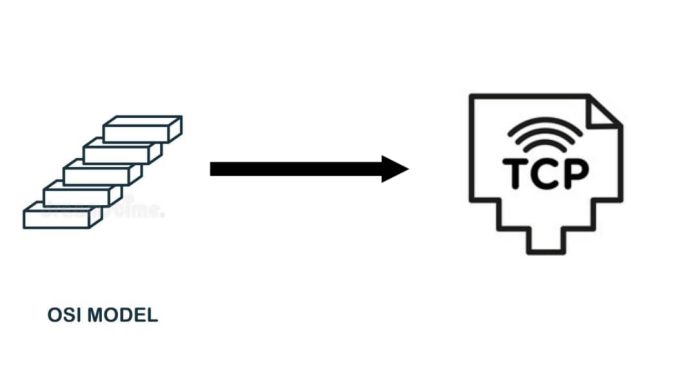The OSI (Open Systems Interconnection) and TCP/IP (Transmission Control Protocol/Internet Protocol) models are frameworks for network communication but differ in structure and application.
OSI Model:
Structure: 7 layers (Physical, Data Link, Network, Transport, Session, Presentation, Application).
Purpose: A theoretical model for standardizing network communication.
Development: Created by ISO (International Organization for Standardization).
Focus: Interoperability and standardization across various systems.
TCP/IP Model:
Structure: 4 layers (Network Interface, Internet, Transport, Application).
Purpose: A practical model for real-world internet communication.
Development: Developed by the U.S. Department of Defense.
Focus: Reliability and scalable internet communication.
Key Differences:
OSI is a comprehensive guide, ideal for understanding concepts, while TCP/IP is simpler and used in actual networking.
OSI has separate Presentation and Session.



